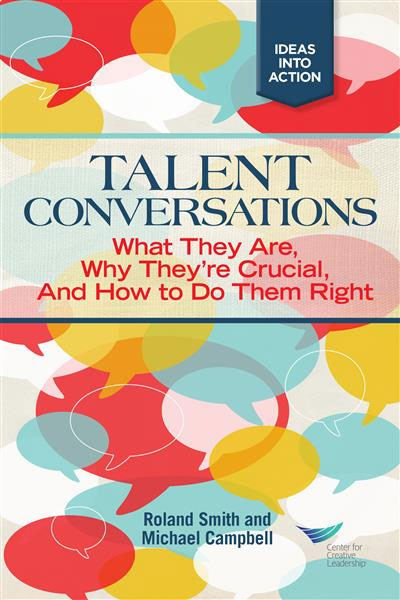Managers Are Key for Employee Talent Development
Attracting, developing, and retaining talent isn’t an “HR job.” You, the manager, have a front-and-center role in making sure you have the right people doing the right work and having the right experiences, both now and in the future.
What do you do well and consistently? What haven’t you considered? What would be most valued by your employees — and your organization?
An Employee Talent Development Checklist for Smart Managers
Being effective at leading your direct reports, including attracting, motivating, and developing employees, is one of the most important leadership competencies. So if you want to be known as a cultivator of talent in your organization, then follow this checklist for employee talent development.
1. First, take responsibility for developing your employees.
This is about focusing on your current team and your scope of work.
- Make developing your employees a core part of your job.
- Delegate your workload. This shows trust in your team and helps grow the skills of your direct reports.
- Look for ways to support employees in their efforts to learn and try new things.
- Hold employees accountable for their development.
Also consider whether you have what it takes to coach your people.
2. Take responsibility for developing talent in the organization.
This is about looking beyond your team or function to consider the larger talent needs and opportunities.
- Develop successors who can take on your job.
- Take ownership of the organization’s talent management processes.
- Work with HR leaders to make sure appropriate development is available for employees.
- Invest your time and energy in developing future leaders for the organization.
- Import talented employees from other parts of the organization.
- Export talented employees to other parts of the organization.
When your direct reports have the opportunity to experience a leadership development opportunity, are you showing boss support for their investment of time and effort?
3. Use on-the-job experiences to develop employees.
Learning from experience is the primary way that people develop the skills, behaviors, and perspectives they need to be effective at work.
This is about identifying and providing roles, tasks, or assignments that can add breadth and depth to an employee’s experience.
- Ensure that your employees’ development plans go beyond formal programs to include on-the-job learning.
- Make a point of identifying stretch assignments for each of your direct reports.
- Give direct reports assignments or experiences to help them develop specific competencies.
- Create new roles or job responsibilities to provide an employee with needed experience.
- Consider the development opportunities a particular assignment could provide when making decisions about how to staff key projects.
- Support employees who seek growth experiences outside the workplace (i.e., in community or professional organizations).
- Reserve certain types of assignments specifically for employee development.
For more specific ideas, check out our Developmental Assignments package.

Discover how to use talent conversations to build relationships based on rapport, collaboration, and mutual commitment and help your team improve performance, focus development, and reach positive outcomes.
4. Support learning from experience.
This is about helping employees learn what they need to learn.
- Help direct reports set goals for learning from stretch assignments, relationships, and formal coursework.
- Aid them in assessing progress toward learning goals.
- Give developmental feedback. You can immediately improve talent development using the SBI feedback modeI.
- Have conversations about what they’re learning from their experiences.
Make sure you give the most effective type of feedback, and help direct reports connect with others who can support their employee talent development, including coaches, experts, and peer mentors.
Sure, your employees need to own their learning and their career path. But your ability to cultivate talent can have a great impact on them — as well as on your own reputation and effectiveness as a leader.
Ready to Take the Next Step?
Learn more about how we can partner with your organization for employee talent development on a large scale.








